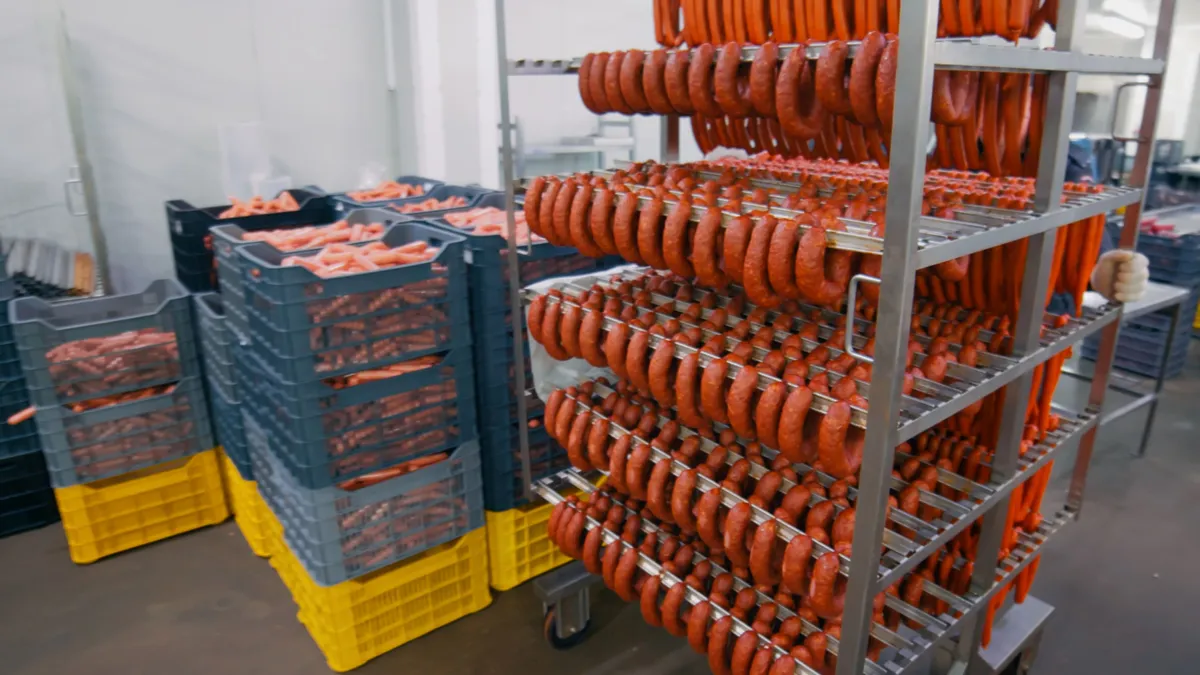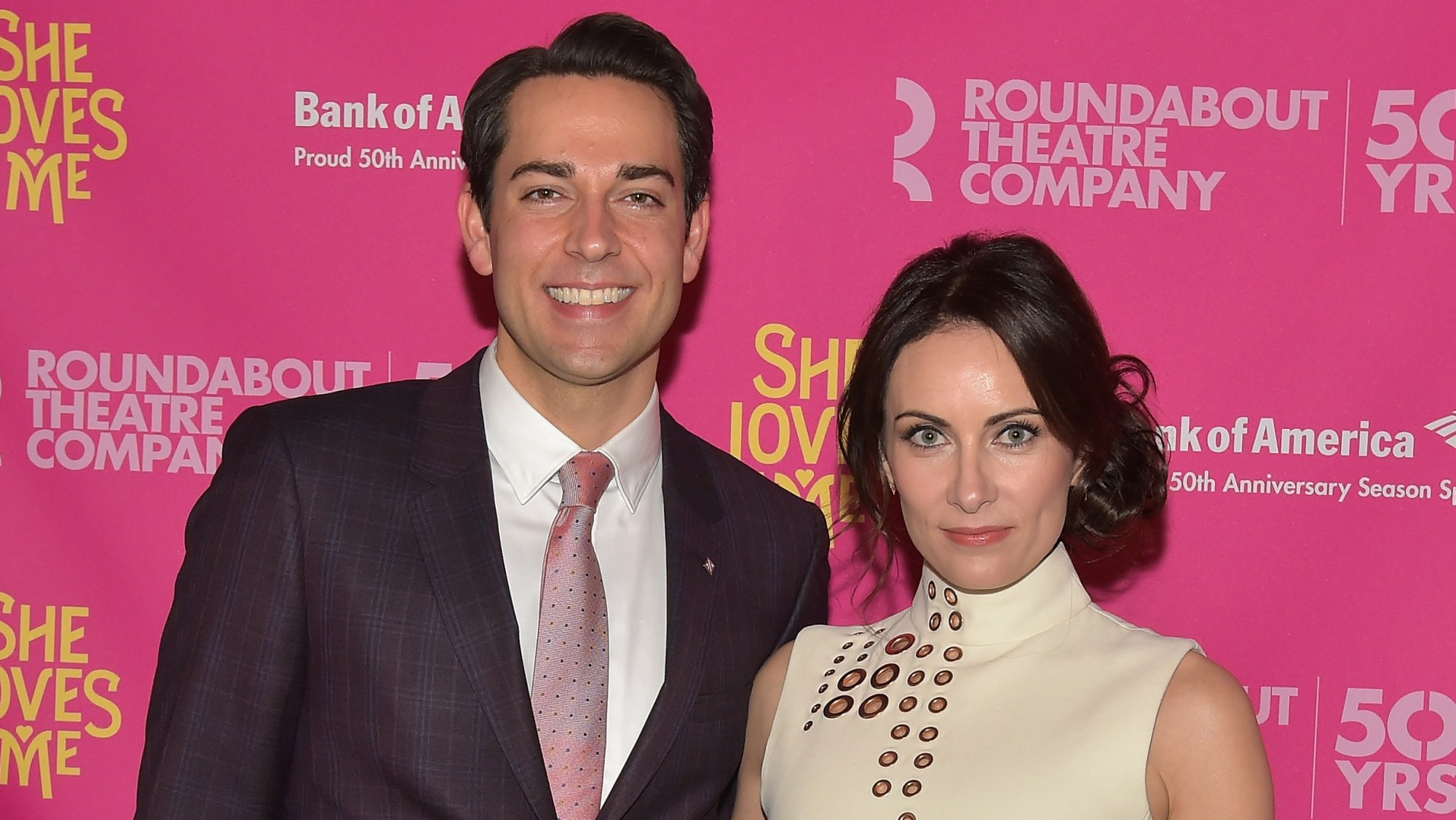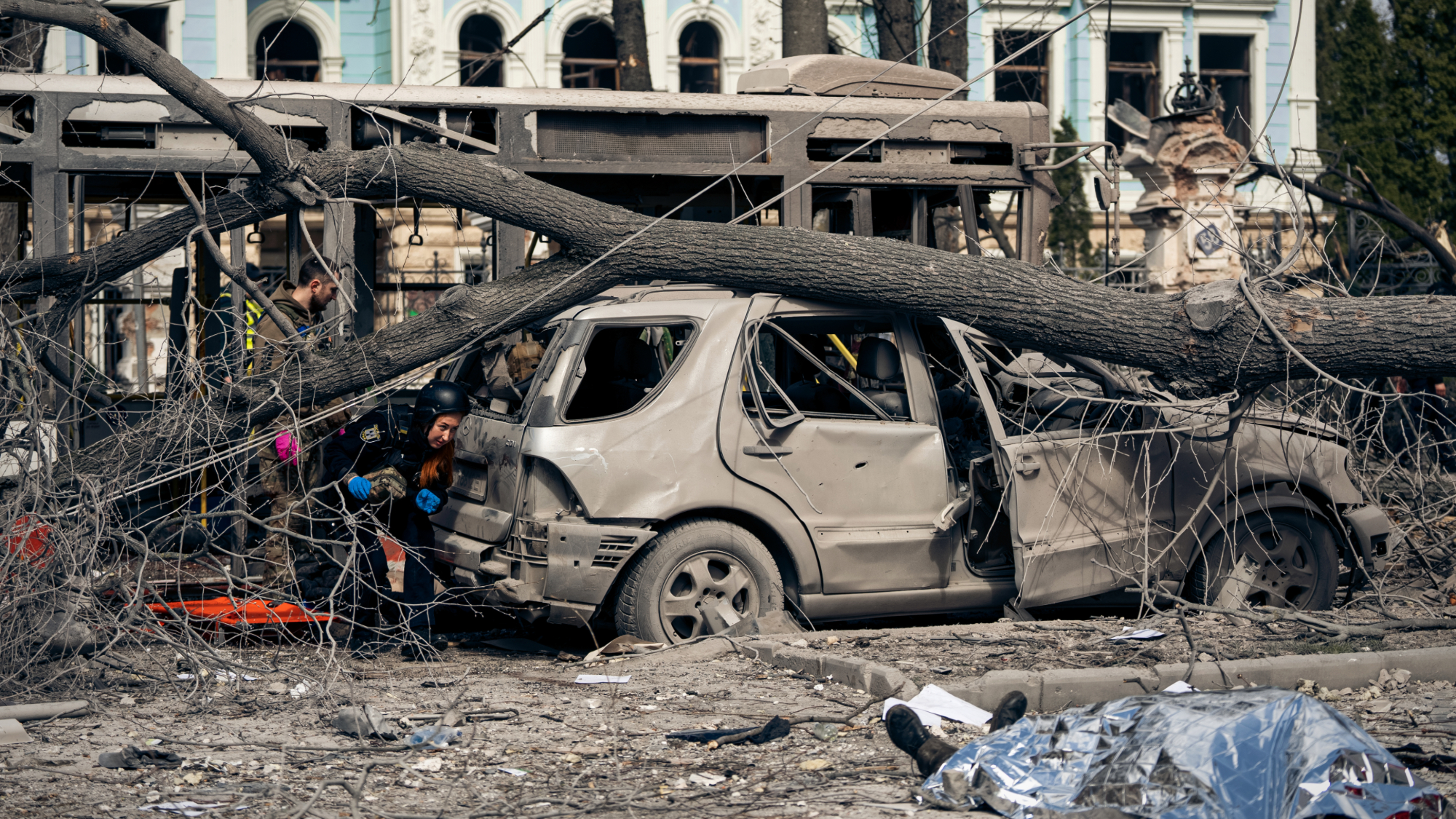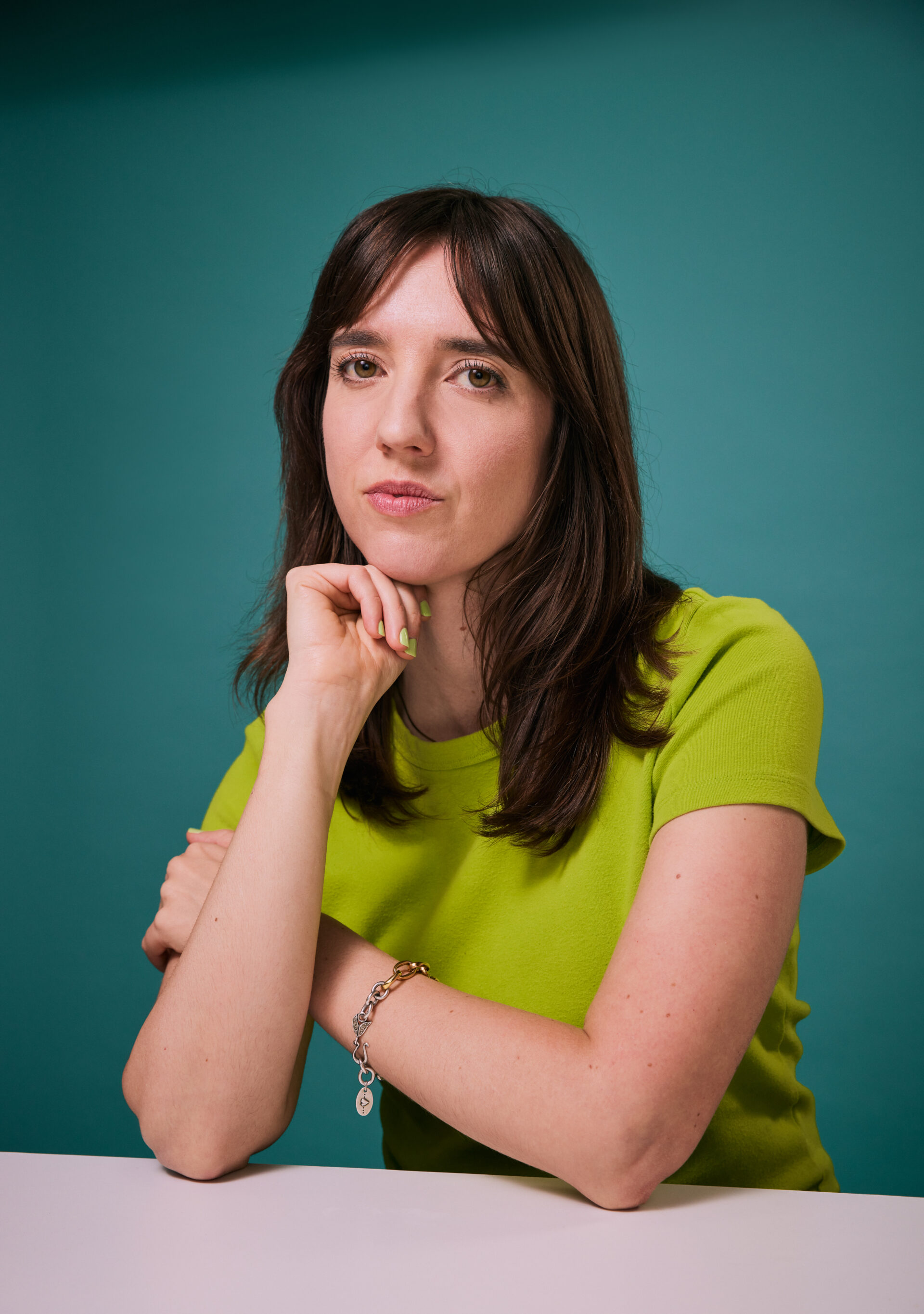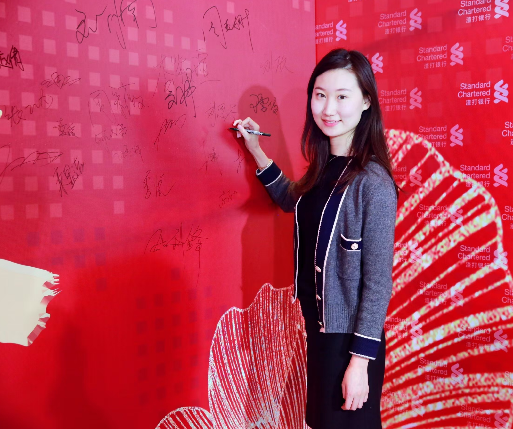Editor’s Note: Pakistani education activist Malala Yousafzai has garnered support all over the world and earned a Nobel Peace Prize last year for her work advocating for girls’ education. Below, teacher Alison Walter explains how a student’s unexpected opinion of Malala gave her a new approach to global lessons.
“Oh, Malala Yousafzai? Tsk. I hate that girl.”
 I stared at my student, my head filling with the panicky buzz that teachers get when a child says something socially unacceptable — What do I say now? Where is this attitude coming from? Thank goodness it’s after-school tutoring and the other kids aren’t in here …
I stared at my student, my head filling with the panicky buzz that teachers get when a child says something socially unacceptable — What do I say now? Where is this attitude coming from? Thank goodness it’s after-school tutoring and the other kids aren’t in here …
Part of my disbelief came from the fact that, until that point, I would have compared this girl to Malala — they were both Pakistani, both very conscientious students, both concerned with what was happening in the world around them and both living in different countries in order to get the education that they and their families wanted. So, since no good response came to mind, I asked, “Why do you hate Malala?”
My student launched into a very long, very well-thought-out critique of how foreign governments treated Malala as a martyr, giving her benefits like a house and money while women from her village were suffering attacks by the Taliban as retribution. [Editors’ note: According to Louis Belanger of the Malala Fund, the organization advocates for girls’ education in Pakistan and called on the U.S. and British governments to increase funding in the country. The Malala Fund is currently supporting several projects in Pakistan amounting to more than $1.3 million over the next three years. For more information on the Malala Fund, visit their website.]
“How is she helping Pakistan? I want to go back and help my country; that’s why I am getting an education here. She is not helping them. Why does she not ask Britain and the U.S. to give money to the Pakistan government for education?” This outburst turned into a productive conversation about the troubled relationship that the United States has with Pakistan — and with that conversation, a realization that I had been doing something wrong.
I teach Civics — the structure, purpose, and history of American government. In several of my class sections, more than half of my students were born outside of the United States, and a quarter of them speak little to no English. I had been so focused on trying to give them the background to understand American culture, politics and government that I had neglected to leave room for their own backgrounds and experiences.
I teach American government in a global classroom. My students come from five of the seven continents, and a casual count brings me to around 20 different countries of birth. My students spend half of their day on their phones, on Instagram and Twitter. My students know exactly what is happening in the world, as long as it is relevant to their friends, their parents or their news feeds. Although I am required to discuss American politics, if I do not address what drove my students from their homes and what their families are still facing, I leave half of my class in the dust.
We are teaching and raising a generation that has the world in their pocket. Since my conversation about Malala, I have made two changes to open my classroom up to the world.
First, I have stopped fighting the weird obsessions that my 8th graders bring into class with them — one day it’s the Illuminati, another day it’s an utter conviction that they will die from Ebola. Even though the standards and curriculum guidelines don’t seem to connect to global politics, I find a way to make it work. Which branch of government is in charge of health workers abroad during a global pandemic? Are conspiracy theories another tool that the media use to influence elections?
Second, I am much more careful with choice in my classroom. Frequently, I will give students a selection of three to five different reading options: newspaper articles, textbook excerpts, whatever medium I can use to get content across. Now, instead of focusing on generic high-interest topics like football or Justin Bieber, I think about what my students have brought up that week. Maybe my West African student wants to read about hyperinflation in Zimbabwe, since he was asking me why people can’t afford food in some countries. Then again, he might still choose the article about sports but if I never give him the option, I’ll never know.
In the crush of testing, standards and the pitfalls facing students in poverty, it is easy to lose sight of the incredible richness that our interconnected world can offer. So far, I have been able to find a few opportunities to pull the world into my classroom.
What other ideas can you provide to me and to your colleagues? I’m always looking for more.
Alison Walter is a middle school civics teacher in northern Virginia.
Popular News




Current News
Manufacturing

Collaboratively administrate empowered markets via plug-and-play networks. Dynamically procrastinate B2C users after installed base benefits. Dramatically visualize customer directed convergence without
Collaboratively administrate empowered markets via plug-and-play networks. Dynamically procrastinate B2C users after installed base benefits. Dramatically visualize customer directed convergence without revolutionary ROI.





About Us
Tech Photos





